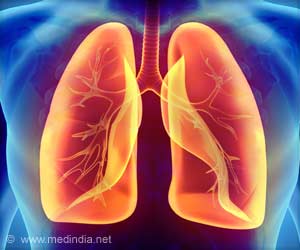One of the commonly available imaging techniques can identify stroke patients most likely to benefit from a procedure to restore blood flow.

‘One of the commonly available imaging techniques can identify stroke patients most likely to benefit from a procedure to restore blood flow.
’





It affects almost 100,000 people annually in the United States and is responsible for most stroke-related deaths and long-term disability. The standard treatment of choice is endovascular thrombectomy, where a tube is inserted into the blocked vessel to remove or destroy the clot. “Thrombectomy is over 90% effective if we get to the patient in time. The problem is, we’re only treating less than 10% of the people who might benefit,” says study co-first author R. Gilberto Gonzalez M.D., Ph.D., from the Department of Radiology at Massachusetts General Hospital (MGH) in Boston.
However, one may fail to prioritize which patients need the treatment right away and which can wait, that is depending upon how fast the brain injury – ischemic core, is growing.
Imaging Benefits
To further evaluate this, the team evaluated results from 31 stroke patients who upon admission & underwent computed tomography angiography (CTA – an imaging technique) & MRIs to track ischemic growth.
Advertisement
“Our data shows that in almost half of patients, the core grows very slowly. That’s a huge number of people who are potentially treatable. With CT angiography, we’ve found a way that’s widely available to identify these slow progressors. Now, a large number of patients with the most severe type of strokes can be treated,” says, Dr. Gonzalez.















